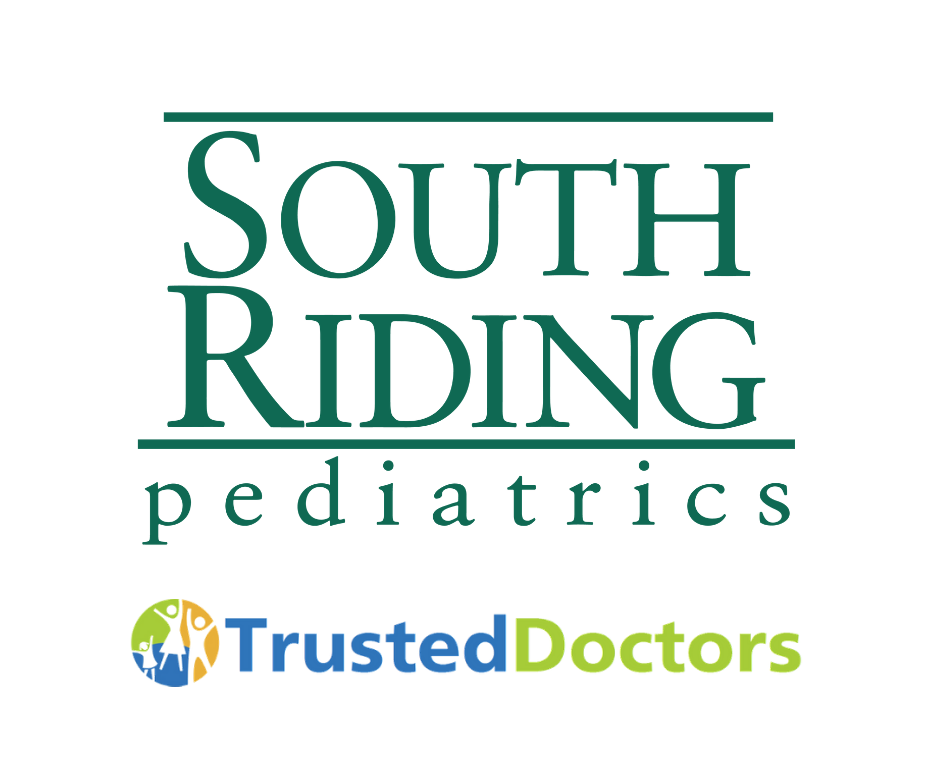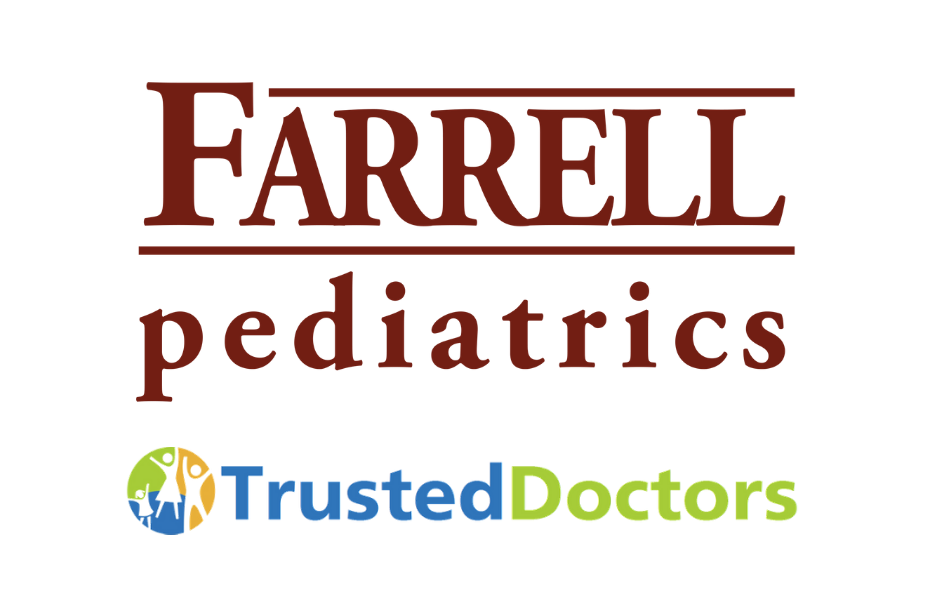Down syndrome is a genetic disorder that affects approximately 1 in every 700 babies born in the United States. It is caused by an extra copy of the 21st chromosome which results in physical and mental developmental delays. Individuals with Down syndrome often have a characteristic facial appearance. They may also experience cognitive delays and have difficulty learning new skills. Despite these challenges, people with Down syndrome lead full and meaningful lives with proper support from family and medical professionals.
What causes the chromosomal difference?
At the time of conception, humans typically receive a total of 46 chromosomes which are split into 23 pairs. Half of each pair is inherited from the father, and the other half from the mother. However, if the cells divide abnormally, specifically if there is an extra partial or full copy of chromosome 21 involved in this division, Down syndrome occurs.
There are three variations of the genetic distribution of the extra chromosome present:
Trisomy 21 is the most common cause of Down syndrome, where instead of two chromosomes, a person has three copies in every cell. This is due to abnormal cell division during the formation of sperm or eggs. This type accounts for 95% of Down syndrome.
Mosaic Down Syndrome is a rare condition where only some cells in the body have an extra copy of chromosome 21. This occurs when abnormal cell division happens after fertilization and it leads to a mix of normal and abnormal cells.
Down syndrome can also be caused by a rare chromosomal abnormality called translocation. This happens when a portion of chromosome 21 attaches itself to another chromosome before or at conception. Individuals with this condition have the standard two copies of the chromosome, but their genetic material from chromosome 21 is attached to other cells, leading to what is called Translocation Down Syndrome.
Down syndrome does not typically have a hereditary component, but in about 1% of cases a parent with minor genetic abnormalities where material from the 21st chromosome has lodged on to another chromosome can lead to a child with translocation Down syndrome.
How is it diagnosed?
Prenatal screening is a valuable tool for assessing the possibility of Down syndrome in developing babies. While these tests cannot give an absolute answer, they can help provide an estimation of risk probability. To achieve certainty, diagnostic tests must be used as they provide almost 100% accurate diagnoses. Collective information from both tests can be immensely beneficial and help guide further medical decisions.
Trisomy 21 can also be identified and diagnosed through physical examinations of infants. The distinct body characteristics like low muscle tone, one crease across the top of the hand instead of two, a protruding tongue, a face with flattened features, and eyes that appear to slant upwards are common signs of Down syndrome that are present and visible right after birth.
To make an accurate diagnosis of Down syndrome, a type of chromosomal analysis called a karyotype is usually done. To obtain a karyotype, doctors need to get a blood sample from the baby for examination. This can also be done prenatally if screening tests suggest possible Down syndrome in utero. Karyotyping confirms the presence of the specific chromosomal genetic features that indicate Down syndrome as these features may also be present in babies without Down syndrome.
Risk factors
Having a baby with Down syndrome is more likely if the parents have certain risk factors. Advanced maternal age increases the chances, as does being a carrier of a genetic translocation linked to Down syndrome. Additionally, couples who already have one child with Down syndrome are more likely to have another with this condition too.
Life with Down syndrome
Individuals with Down syndrome are increasingly included in meaningful roles within society and enjoy greater access to educational facilities, health care options, work experiences, and fun social activities than in the decades prior. These opportunities promote valuable participation and inclusion.
People with Down syndrome may experience a variety of health issues such as heart defects, hearing and/or vision deficits, developmental disabilities, difficulty with learning or cognition, and other health problems. These health concerns often require lifelong treatment and support from family members, primary care providers, and the appropriate medical and developmental specialists such as physical therapists. Early recognition and proper medical care are essential for living a healthy life.
This guide created by the American Academy of Pediatrics helps educate parents and families on the needs of their children with Down syndrome. It encompasses important medical topics that can have an effect on their physical health.
Life expectancy
The average life expectancy for people living with Down syndrome is about 60 years. This number has steadily increased over the years and medical advancements and earlier diagnosis of complications has helped improve the length and quality of life among people with Down syndrome.





